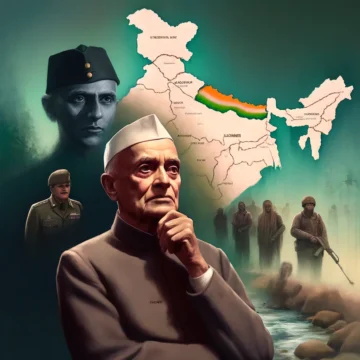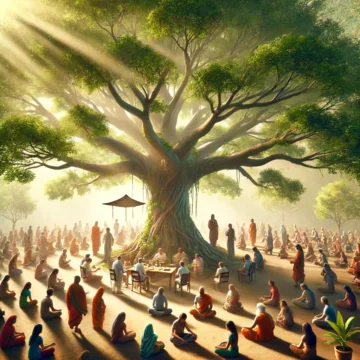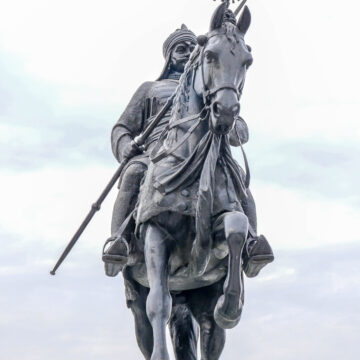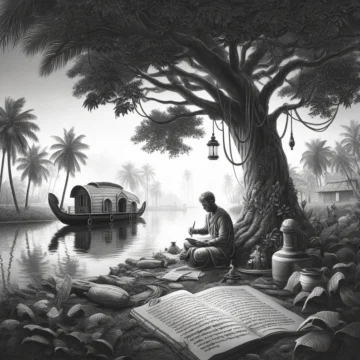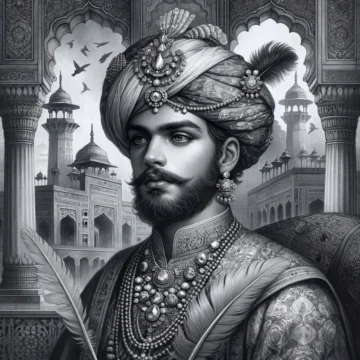Explore the lesser-known aspects of Jawaharlal Nehru's leadership, focusing on the controversial policies and administrative decisions that have shaped modern India. This critical analysis delves into the complexities of his tenure, examining the enduring impacts on India's political landscape, and highlighting the debates that continue to surround his legacy in shaping a post-colonial nation.
Sanatana Dharma: Secular and Inclusive Values of Hindu Philosophy
Explore the profound teachings of Sanatana Dharma, which emphasize inclusivity and collective well-being through ancient scriptures. This blog delves into how these principles of Hindu philosophy resonate with modern societal challenges, fostering peace and unity across diverse communities under the symbolic shelter of an ancient, all-encompassing tree.
Maharana Pratap: History Unveiled
Explore the life of Maharana Pratap, a symbol of Rajput valor and resistance against Mughal dominance. Born on May 9, 1540, in Kumbhalgarh, Rajasthan, Pratap's legacy as the fierce protector of Mewar resonates through Indian history. His unwavering commitment to the sovereignty of Mewar is celebrated in numerous memorials, and his tactics in guerrilla warfare are studied for their brilliance. His legendary battle at Haldighati in 1576 against the Mughals marked a significant point in his reign, showcasing his strategic prowess and enduring spirit. This essay delves deep into his battles, governance, and the indelible mark he left on Rajputana and beyond
Malayalam Poets and Vyloppilli Sreedhara Menon
Vyloppilli Sreedhara Menon's poetry captures the essence of Kerala's cultural and natural landscapes. His works like "Mampazham" and "Kaipavallari" not only reflect the social issues of his time but also resonate deeply with the emotions and experiences of the common man. Through his mastery in blending classical Malayalam poetic forms with modernist themes, Menon created a unique voice that remains influential in Malayalam literature today. His contributions highlight a delicate balance of tradition and modernity, making his literary achievements a cornerstone of Malayalam poetry.
Mughal Empire History and Jahandar Shah
Jahandar Shah's brief tenure as emperor from 1712 to 1713 marked a crucial phase in the Mughal Empire's history, highlighting the challenges of governance and stability within a fracturing dynasty. As the eldest son of Bahadur Shah I, his rise to power was paved with a bloody succession war, underscoring the empire's internal strife. His reign, though short, was significant, characterized by his reliance on the influential noble Zulfiqar Khan, whose policies aimed to stabilize the empire's finances but ultimately failed to halt its decline. This period illustrates the complexities of leadership and the pivotal role it plays in the sustenance or deterioration of a great empire. Jahandar Shah's story is a testament to the volatile dynamics of Mughal politics and a reminder of how quickly fortunes can turn in the corridors of power.


